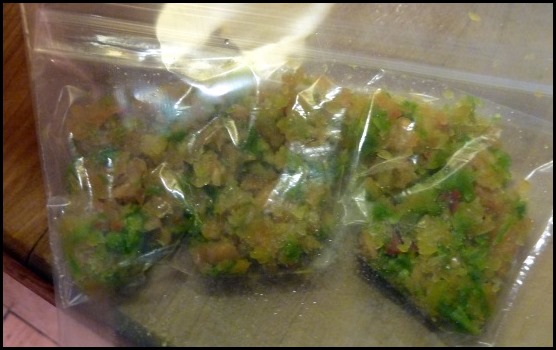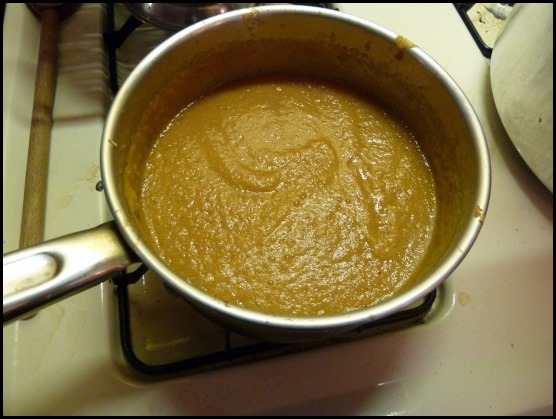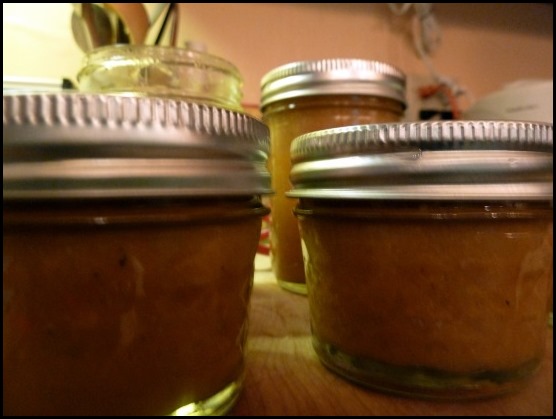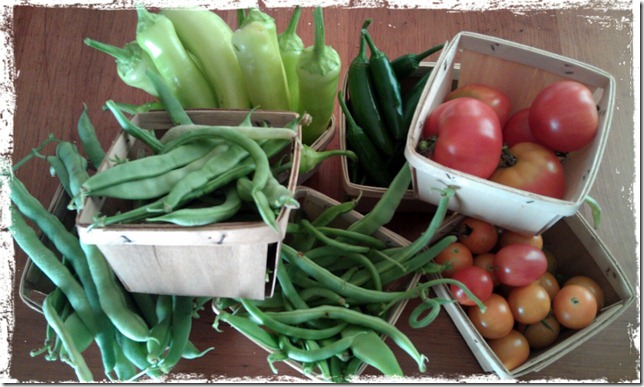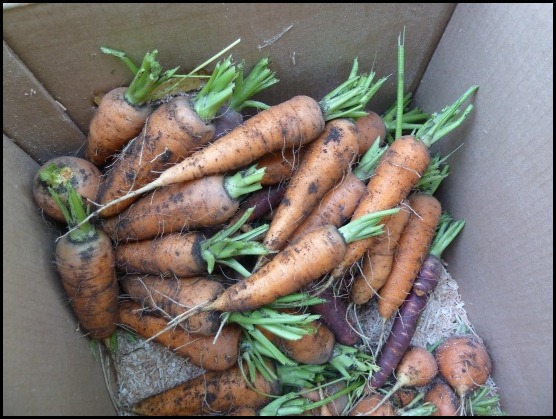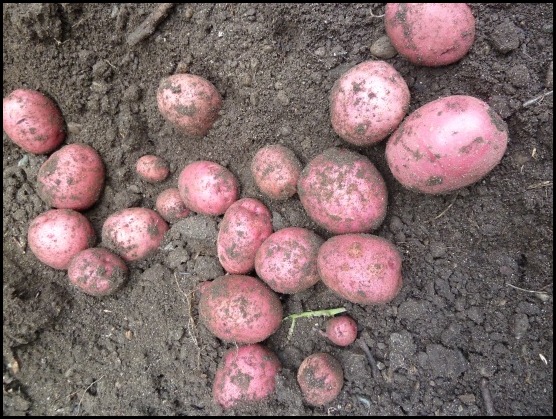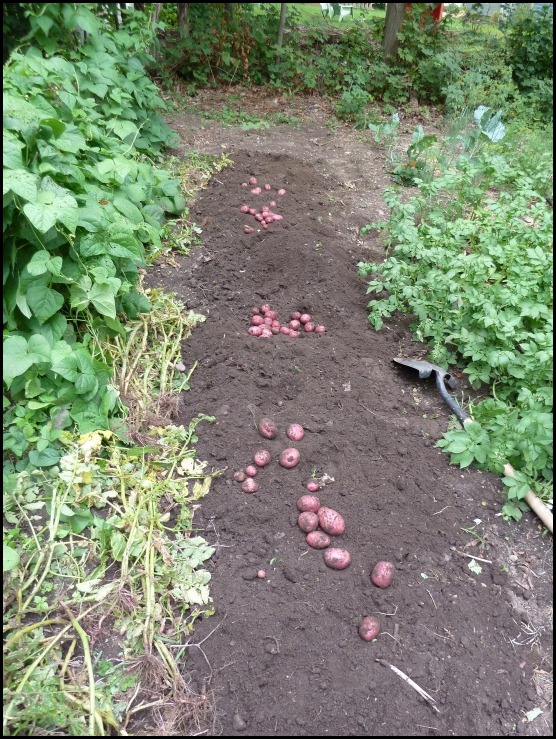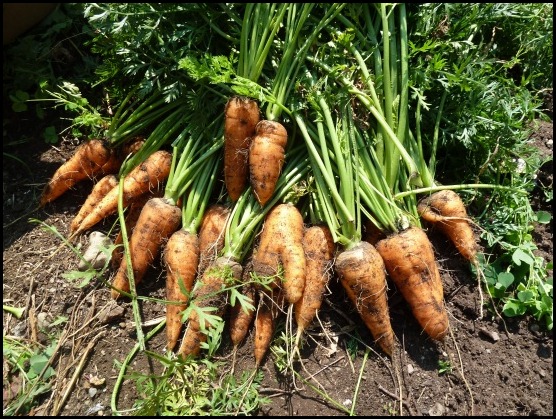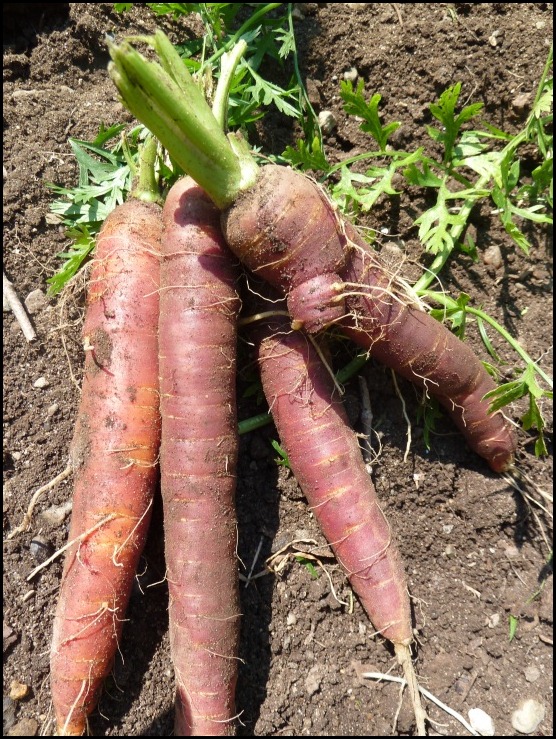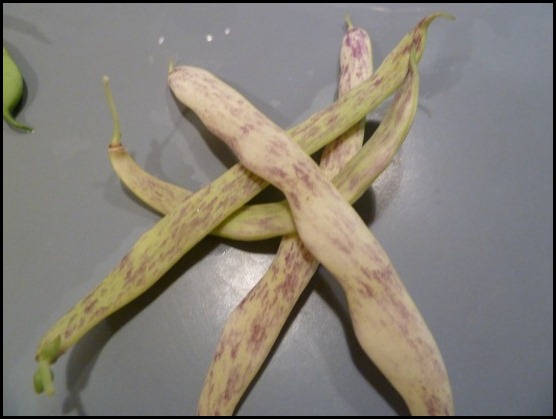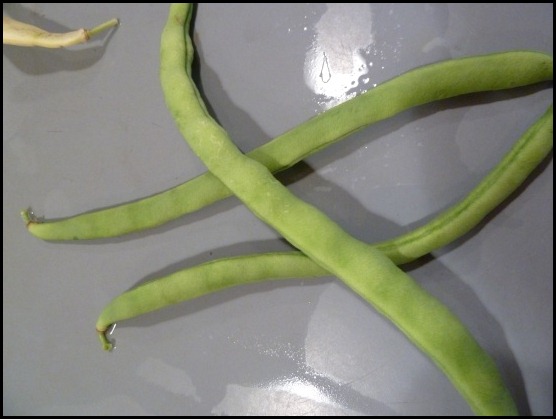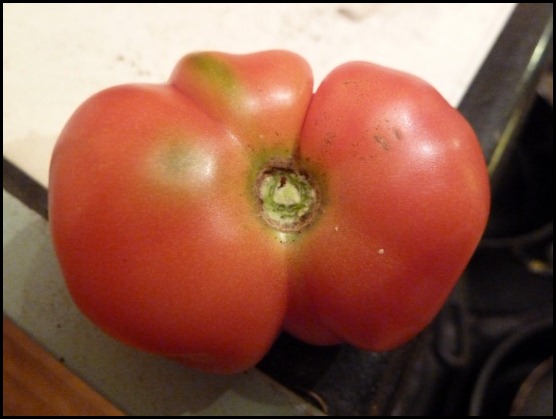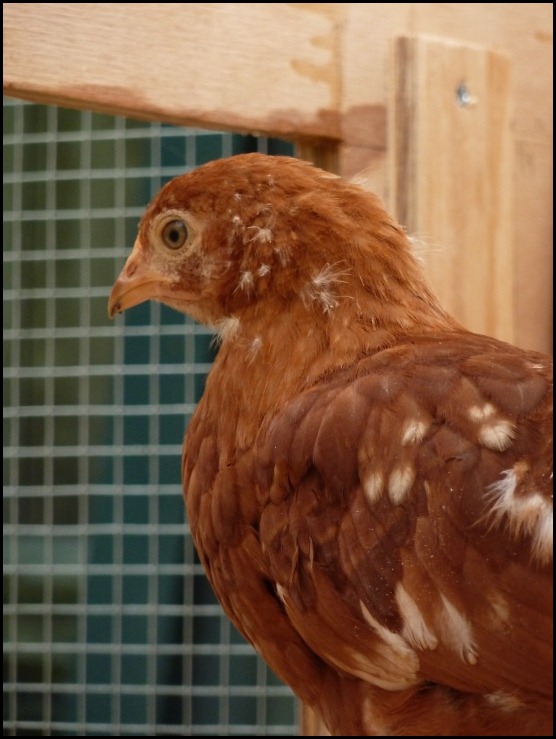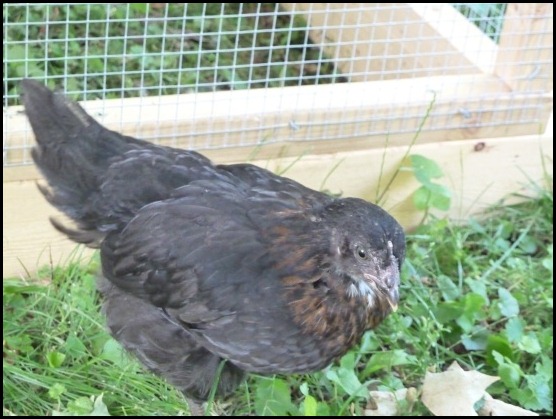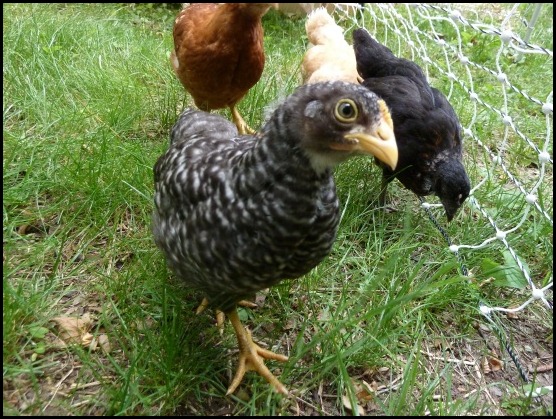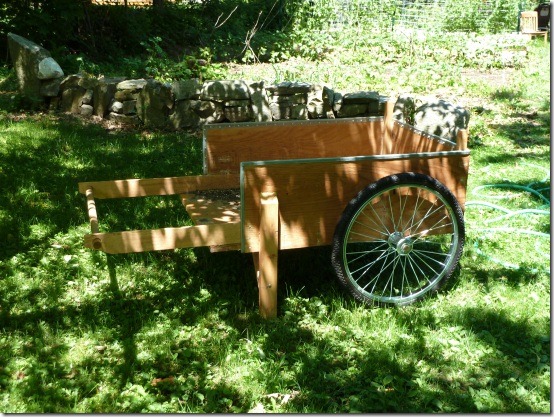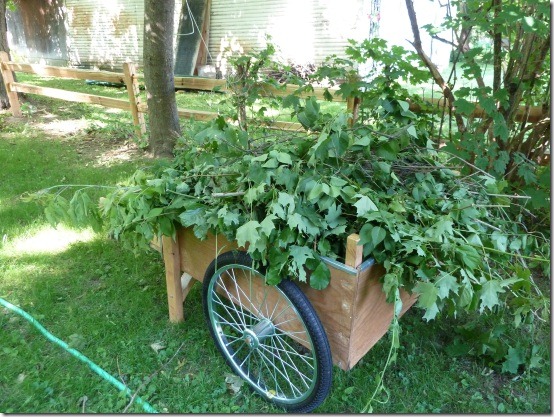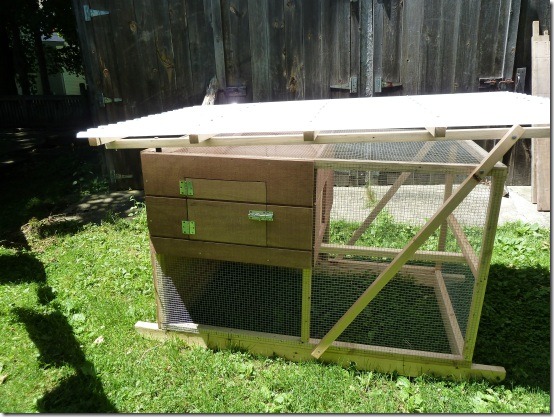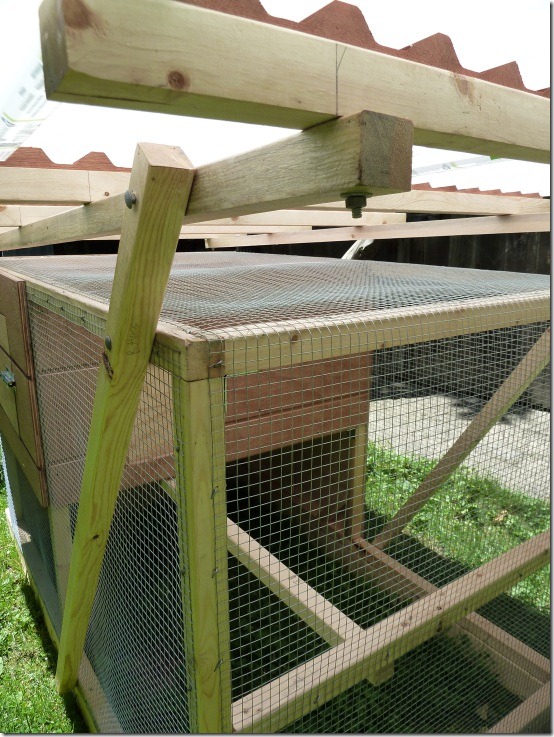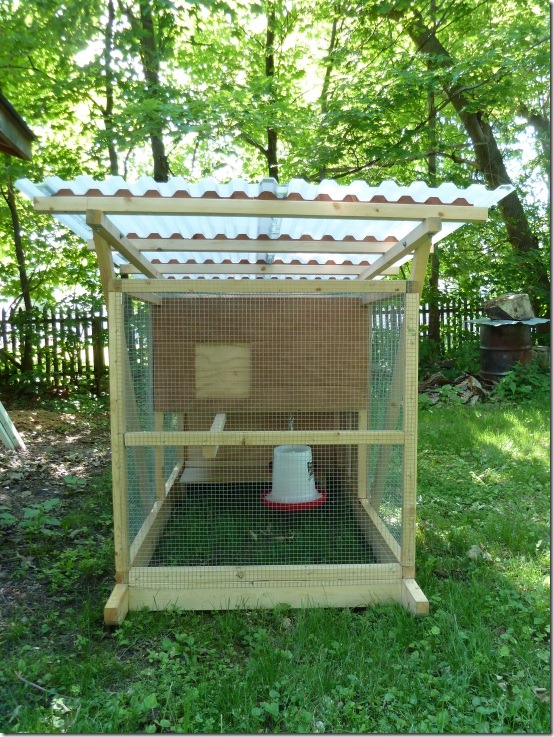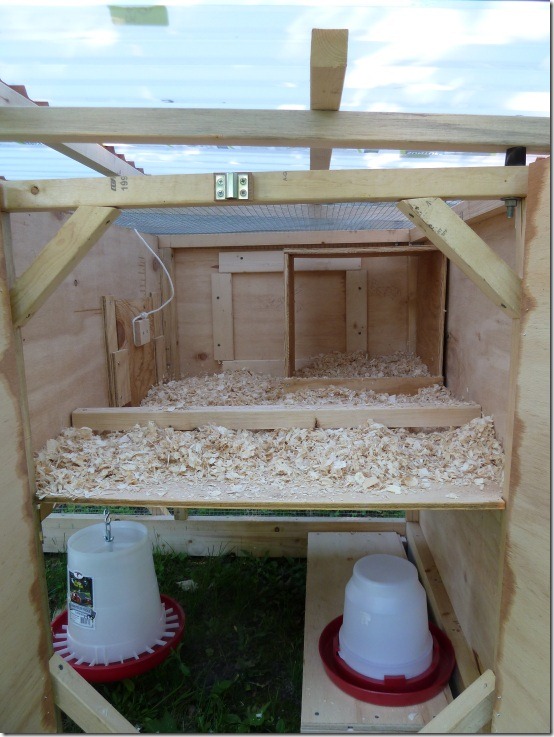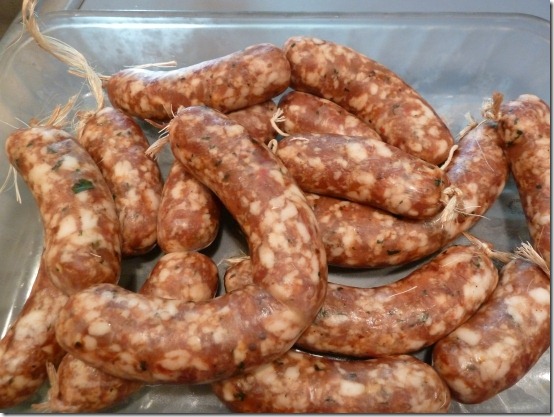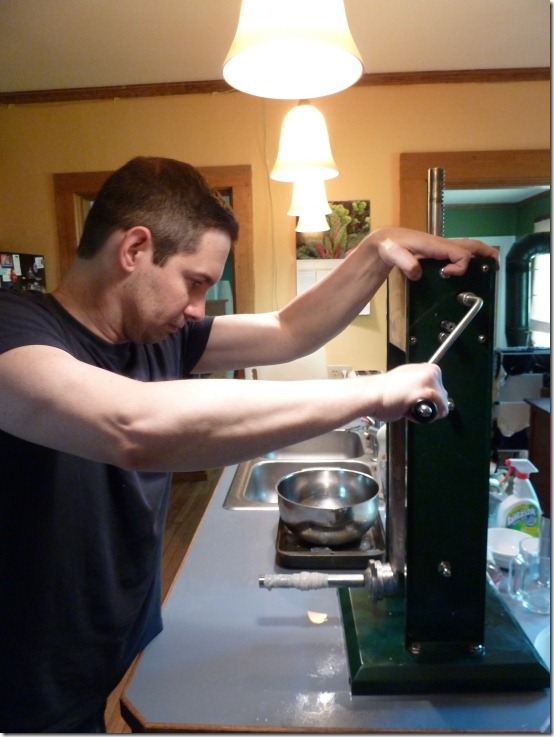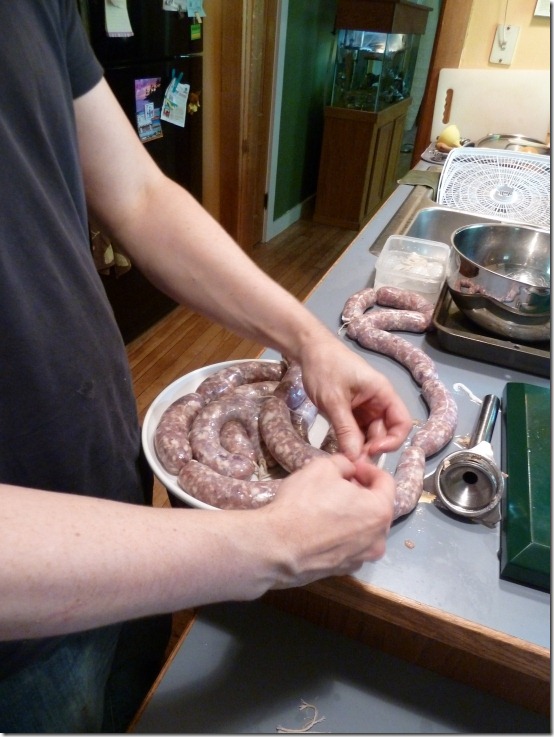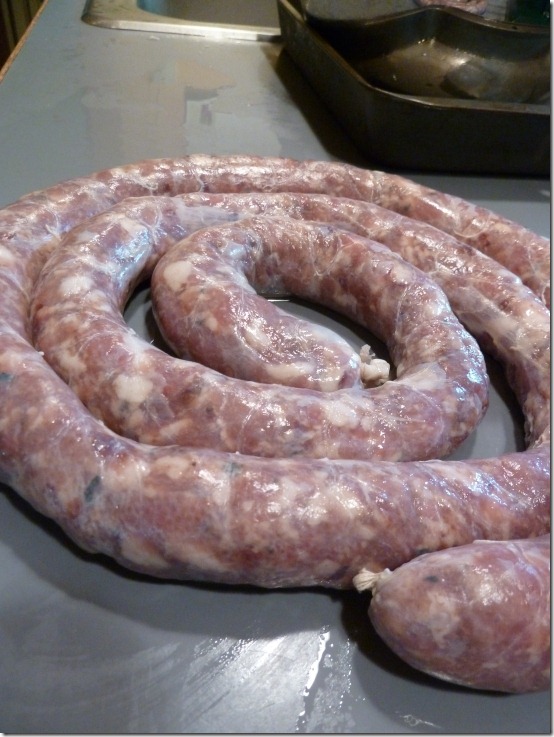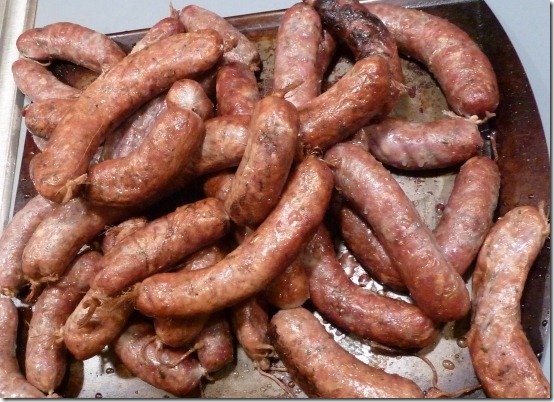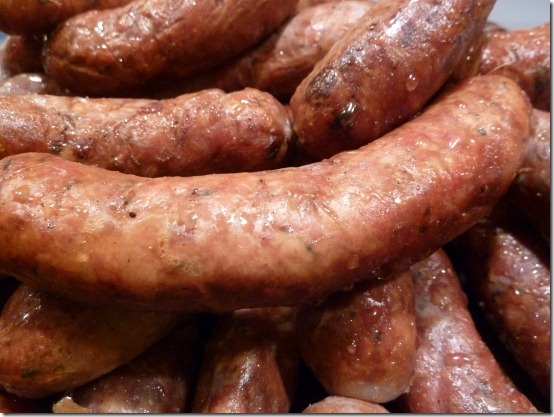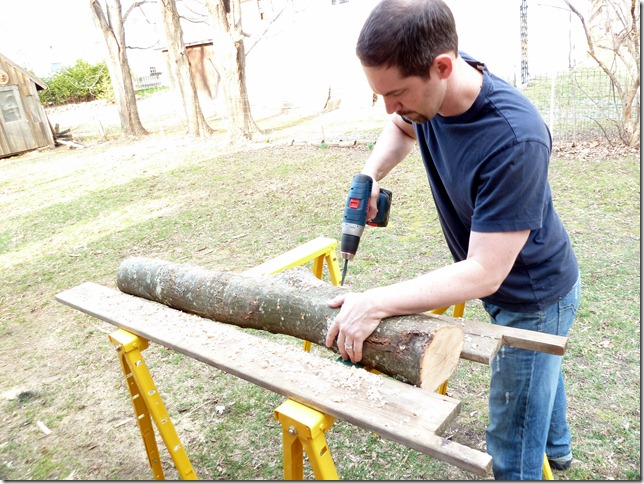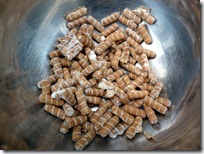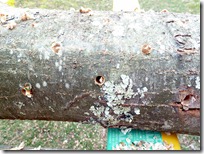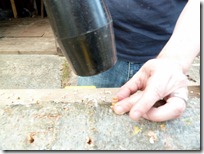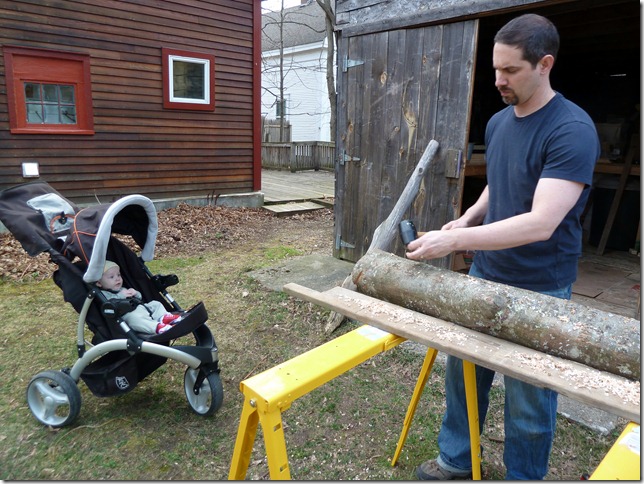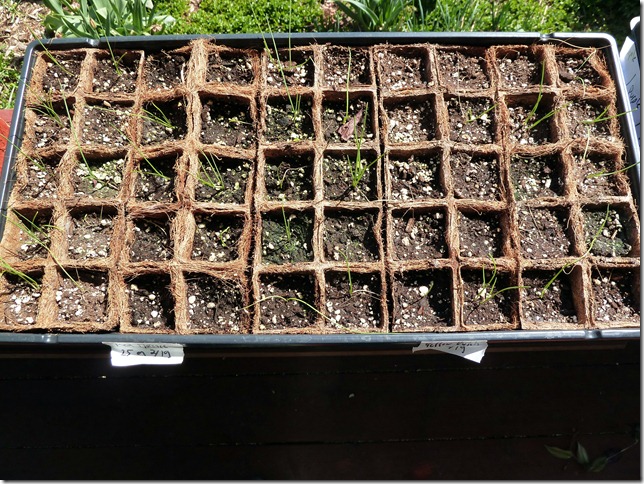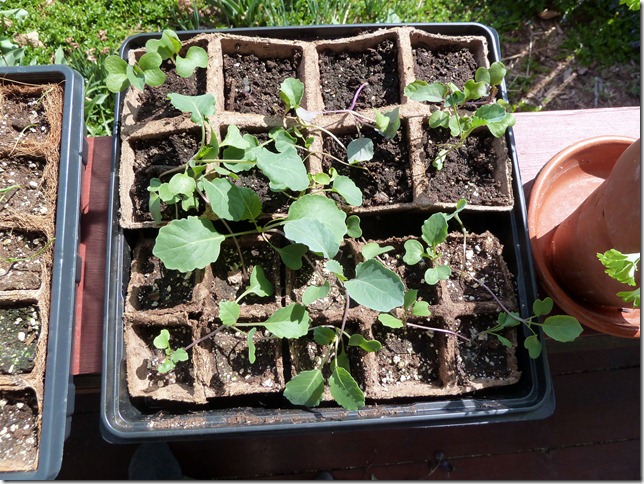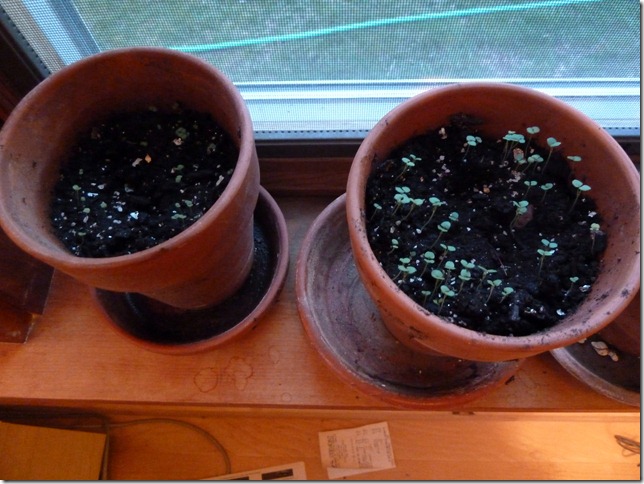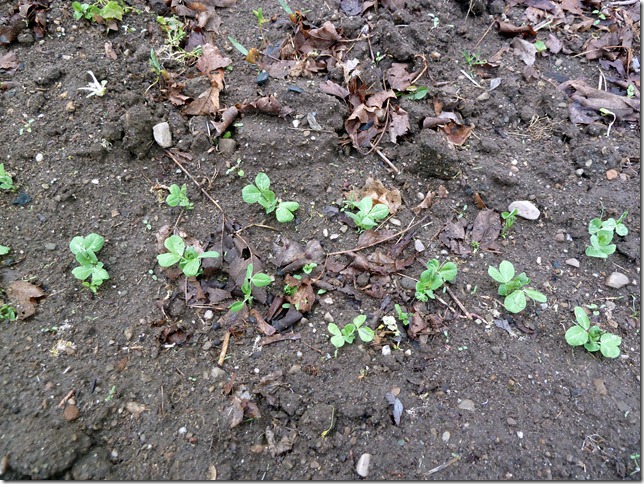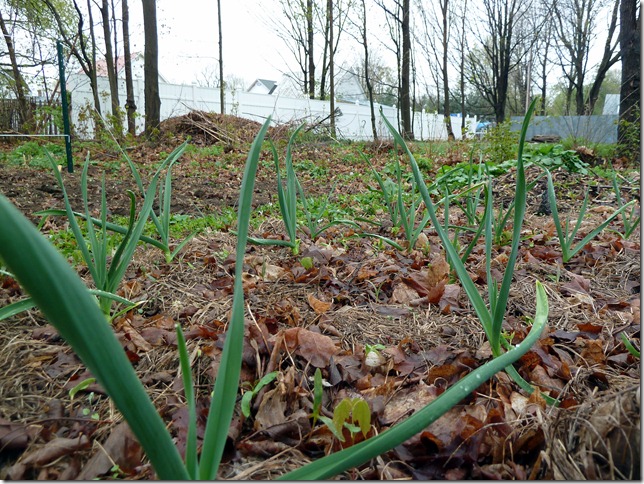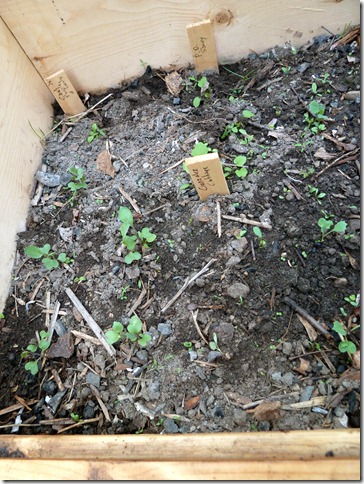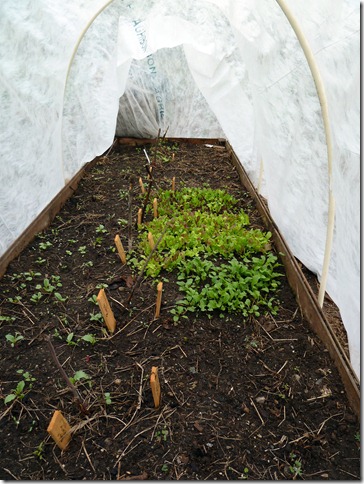So our first gardening season in Vermont is pretty much over, although we still have a number of things under tunnels again. Looks like we may have some cabbage, carrots, beets, chard and a few other things.
Overall, we are pretty happy with how things went, although we still have a lot to learn. But considering I haven’t worked a garden this big since I was a kid, I think we did okay. We mostly kept up with weeds and getting things picked. One thing we didn’t expect to struggle with so much was the insect pressure early in the season. We had certain crops we planted multiple times and still didn’t get anything going. Next year we will probably use more row cover until the plants get established.
The good
- Peas – got a decent little crop early on, both shell peas and snap peas. We only had one row, so not enough to get much. Definitely want a lot more when we have some land. Had better luck with pre-sprouting the peas before planting than seeding directly.
- Carrots – Tried a bunch of different types and got a good yield eventually, but they take awhile to get going.
- Tomatoes – Mostly did pretty well with these, although had some disease issues with certain varieties. Had some volunteer plants from the compost as well, mostly cherry. We were able to dry and slow roast a lot and put them in the freezer.
- Peppers – Once again, some of these took awhile to get started in the New England climate, but once they did we got a fairly prolific yield. Even the habanero we started ended up loaded late in the season, although it would have been nice to have a bit more warm weather for them to finish ripening.
- Tomatillos – We only planted a couple of plants, but they grew over 6 feet tall and got loaded with fruit. Once again a couple more weeks of hot weather would’ve helped, but Kristin was able to make a bunch of salsa verde anyway. The main thing we learned is even though the stems get pretty thick and woody, when the plants started getting loaded they needed extra support, particularly in the wind.
The disappointing
- Cauliflower – We didn’t have great luck with any variety, but the Purple of Sicily from Baker Creek was particularly disappointing. The thing is, it was wonderful in every way except fruiting. It germinated quickly and at a high rate, was very hardy when transplanting, responded well to insect pressure and grew really large. So maybe it was the season or something we did wrong. I’ve heard cauliflower tends to do better in fall plantings since it likes it colder when fruiting, but didn’t get around to starting fall plants early enough.
- Zucchini – Yes, really, even though this is normally one of the easiest plants to grow and you end up with more than you want. We tried planting this multiple times and the bugs kept getting it. We finally go a few plants started in mid-summer, but they never did much.
- Melons – Same thing, too much insect pressure for them to get going and they need a whole season here to do much.
- Tomatoes – like I said above, we did okay for the most part. But the Brandywines succumbed to some sort of rust or blight and we got maybe one or two decent fruit. Plus the slugs would start eating them before they got fully ripe, so was hard to get one that was nicely sun ripened. This seems to be the story with Brandywines, they are notoriously tricky to grow. The Paul Robesons did much better and I like them just as much.
The other plant that seemed to have disease issues was Stupice, although it is very widely grown. In retrospect I don’t think I allowed enough spacing between plants and they probably could’ve have use both more air flow and pruning. Something to remember for next year.
- Brussel Sprouts – similar to the cauliflower, plants looked great and never sprouted. Another one I think I’ll reserve for fall planting next year.
- Cucumbers – we had some issues with cucumbers here that we never had in Chicago. Same variety, but they formed stunted fruit that seemed to be an off shade of green along with some brown. I expect it is some type of mineral deficiency or something, but we never figured it out. We did plant Mexican Sour Gherkins later in the season and they actually did great. But we were hoping for more pickling cucumbers of other varieties.
Well, there is a lot more I could go into, but that’s probably enough. I would like to post a list soon of the various food we were able to put up. We’ve got a pretty nicely stocked basement now and should be able to have some food this winter from our garden. We aren’t close to being most self-sufficient in food yet and we’ll probably need more land for that, but we are another step closer to that goal.
How did your garden do this year?

